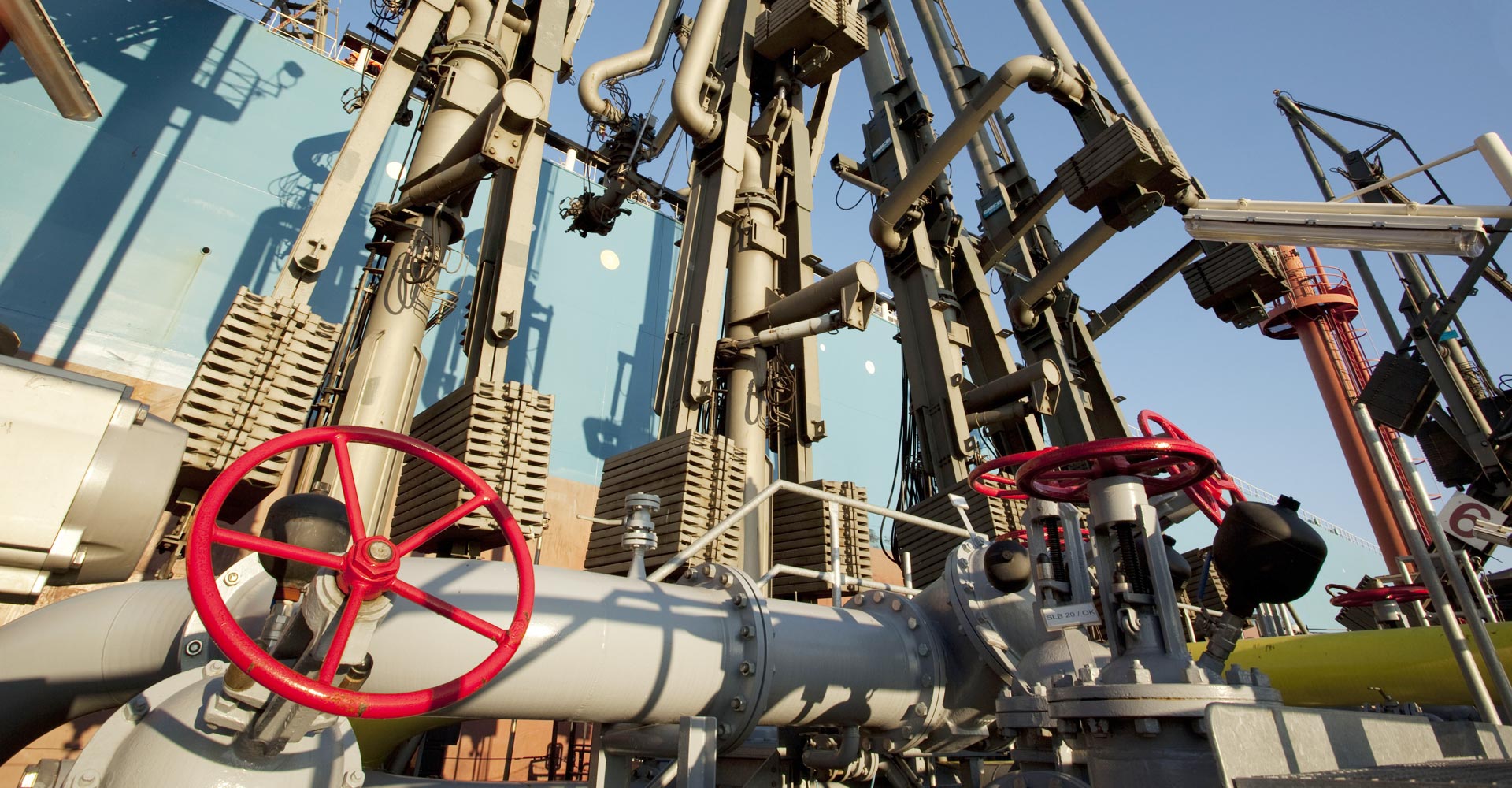HSSE / HSE - Health, Safety, Security & Environment
HSSE is the abbreviation for Health, Safety, Security & Environment and describes the processes or activities (planning, implementation, control, optimization) that are carried out by companies to ensure health, safety, security and environmental protection, especially in the working environment. In addition to the term HSSE, the following abbreviations are common:
- HSE (Health, Safety & Environment)
- SHE (Safety, Health & Environment)
- EHS (Environment, Health & Safety)
HSSE / HSE and sustainability are particularly important for industrial companies, including those in the energy sector. The contents of HSSE / HSE management systems include the identification and analysis of workplace hazards, the development of group-wide guidelines and minimum requirements, the training and further education of personnel (e.g. in the areas of accident prevention, reaction to accidents and emergency precautions), regular HSE / HSSE audits at the company locations, the collection of HSSE statistics, fire protection, noise protection, medical precautions, health & safety measures when travelling, environmental protection measures, and much more. HSE / HSSE standards, systems and campaigns help to continuously optimize all activities with regard to technical, organizational and behavior-based safety. HSSE accident databases are used to document, investigate and evaluate accidents in order to derive trends, learn from them, and initiate preventive measures in time. An HSE / HSSE company policy serves to communicate basic values and obligations. Memberships in relevant interest groups and cooperation with institutions that develop and issue standards and regulations also play an important role in the HSE / HSSE management system.
In the area of environmental protection, the focus is on activities and processes to prevent environmental pollution and product leakage, to increase energy efficiency and to reduce emissions (energy use and savings, CO2 footprint, etc.) and to manage resources (water, waste, wastewater, materials).
Companies are bound by laws, regulations and standards for the implementation of HSE- / HSSE-relevant measures and cooperate with corresponding institutions worldwide. Examples in the energy trading and energy logistics sector for institutions and regulations include:
- ADN – European Agreement Concerning the International Carriage of Dangerous Goods by Inland Waterways
- ADR – Agreement concerning the International Carriage of Dangerous Goods by Road
- ANSI/ISEA – American National Standards Institute/International Safety Equipment Association
- API – American Petroleum Institute
- ASTM – American Society for Testing and Materials
- CEN – European Committee for Standardization
- European Union (issues European Directives)
- IMDG Code – International Maritime Dangerous Goods Code
- ISO – International Standardization Organization
- JIG – Joint Inspection Group
- NFPA – National Fire Protection Association
- OCIMF – Oil Companies International Marine Forum
- OSHA – Occupational Safety & Health Administration
- RID – Regulations governing the International Carriage of Dangerous Goods by Rail
Examples of local health and safety laws, ordinances, trade association regulations and technical rules, as well as institutions in Germany include:
- BGHW – Berufsgenossenschaft Handel und Warenlogistik (Employer's liability insurance association for trade and goods logistics)
- BAuA – Bundesanstalt für Arbeitsschutz und Arbeitsmedizin (Federal Institute for Occupational Safety and Health)
- ArbSchG – Arbeitsschutzgesetz (Occupational Health and Safety Act)
- ASiG – Arbeitssicherheitsgesetz (Occupational Safety Act)
- ChemG – Chemikaliengesetz (Chemicals Act)
- ProdSG – Produktsicherheitsgesetz (Product Safety Act)
- ArbStättV – Arbeitsstättenverordnung (Workplace Ordinance)
- BetrSichV – Betriebssicherheitsverordnung (Industrial Safety Regulation)
- GefStoffV – Gefahrstoffverordnung (Ordinance on Hazardous Substances)
- PSA-BV – PSA-Benutzungsverordnung (PPE Usage Ordinance)
- DGUV-V, DGUV-I, DGUV-R – Berufsgenossenschaftliche Vorschriften, Informationen & Regeln (Regulations, Information & Rules of the Employer's Liability Insurance Association)
- Technische Regeln für Arbeitsstätten bzw. Arbeitsstätten-Richtlinien – Technical rules for workplaces or workplace guidelines (specification of the ArbStättV), for hazardous substances (TRGS), for operational safety (TRBS)
- Environmental protection, for example: Batteriegesetz (BattG) - Battery Act, Bundes-Bodenschutzgesetz (BbodSchG) – Federal Soil Protection Act, Bundes-Immissionsschutzgesetz (BimSchG) – Federal Immission Control Act, Kreislaufwirtschafts- und Abfallgesetz (Krw-/AbfG) – Closed Substance Cycle and Waste Management Act, Wasserhaushaltsgesetz (WHG) – Water Resources Act, Abfallverzeichnis-Verordnung (AVV) – Waste Catalog Ordinance, Abwasserverordnung (AbwV) – Waste Water Ordinance, Bundes-Bodenschutz- und Altlastenverordnung (BbodSchV) – Federal Soil Protection and Contaminated Sites Ordinance, 21. BImSchV, Gewerbeabfallverordnung (GewAbfV) – Industrial Waste Ordinance, Technical Rules and Standards (e.g. TRwS 781, TRwS 791, DIN EN 858, DIN EN 858)
There are also special management systems that companies can voluntarily join, such as the globally recognized OHSAS 18001 standard (Occupational Health and Safety Assessment Series). OHSAS can be combined with standards for quality management (ISO 9001) and environmental management (ISO 14001). EMAS is another voluntary instrument for sustainable environmental management and is implemented by the European Union.
Additional corporate initiatives, such as a Global Safety Day, Safety Culture Assessments by the Petroleum Institute, and relevant HSE / HSSE videos, HSSE poster campaigns, HSSE brochures, Pro Climate initiatives, and other campaigns are intended to raise awareness of HSSE-relevant issues both internally and externally.
Health, Safety, Security & Environment – as a firmly anchored company value – has the highest priority in all our activities across the Group. We identify and analyze potential risks and take measures to avoid, prevent, control and limit them.
Health, Safety, Security & Environment – as a firmly anchored company value – has the highest priority in all our activities across the Group. We identify and analyze potential risks and take measures to avoid, prevent, control and limit them.
Status: April 2019
All information subject to change. Errors and omissions excepted.

